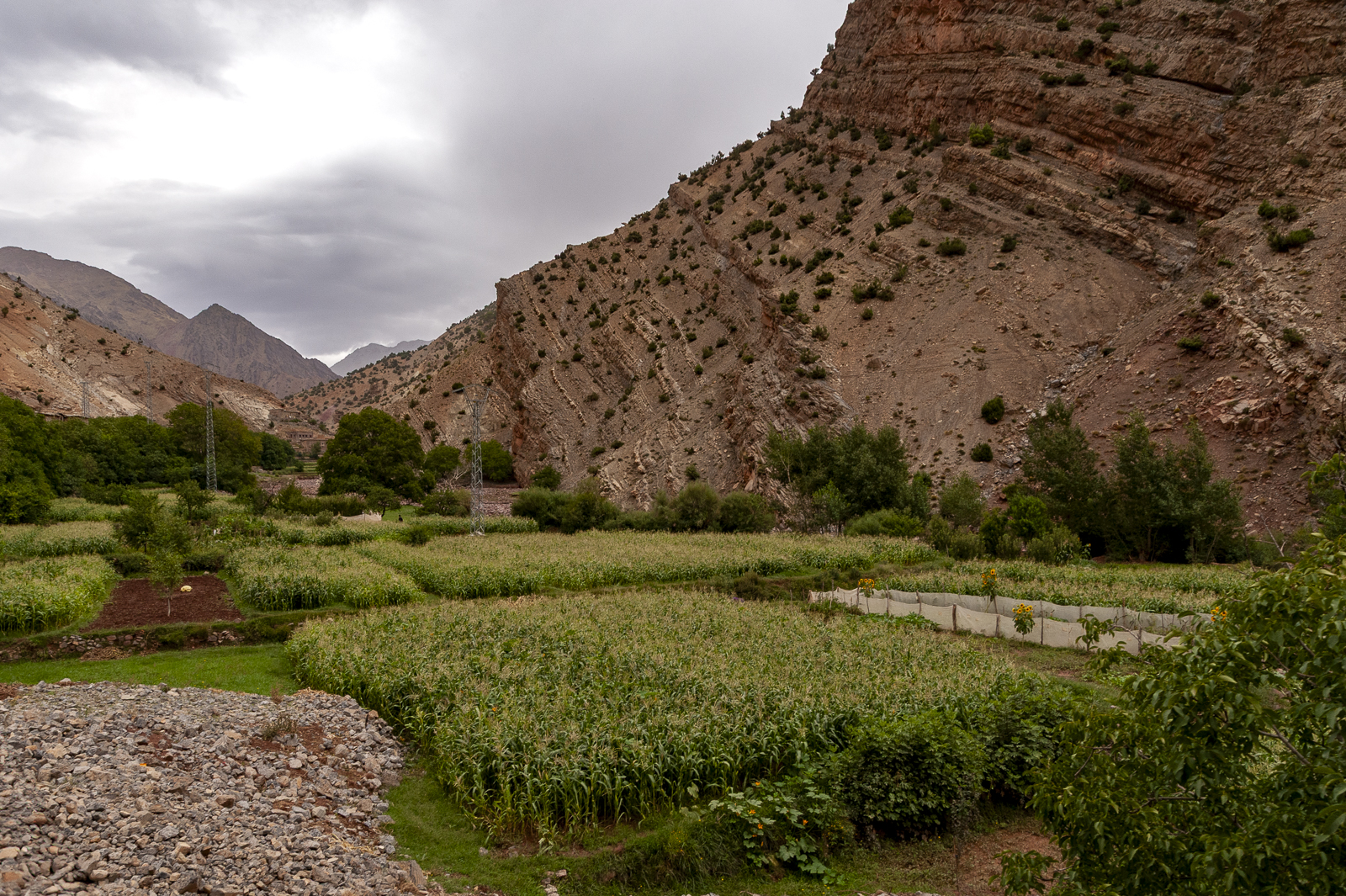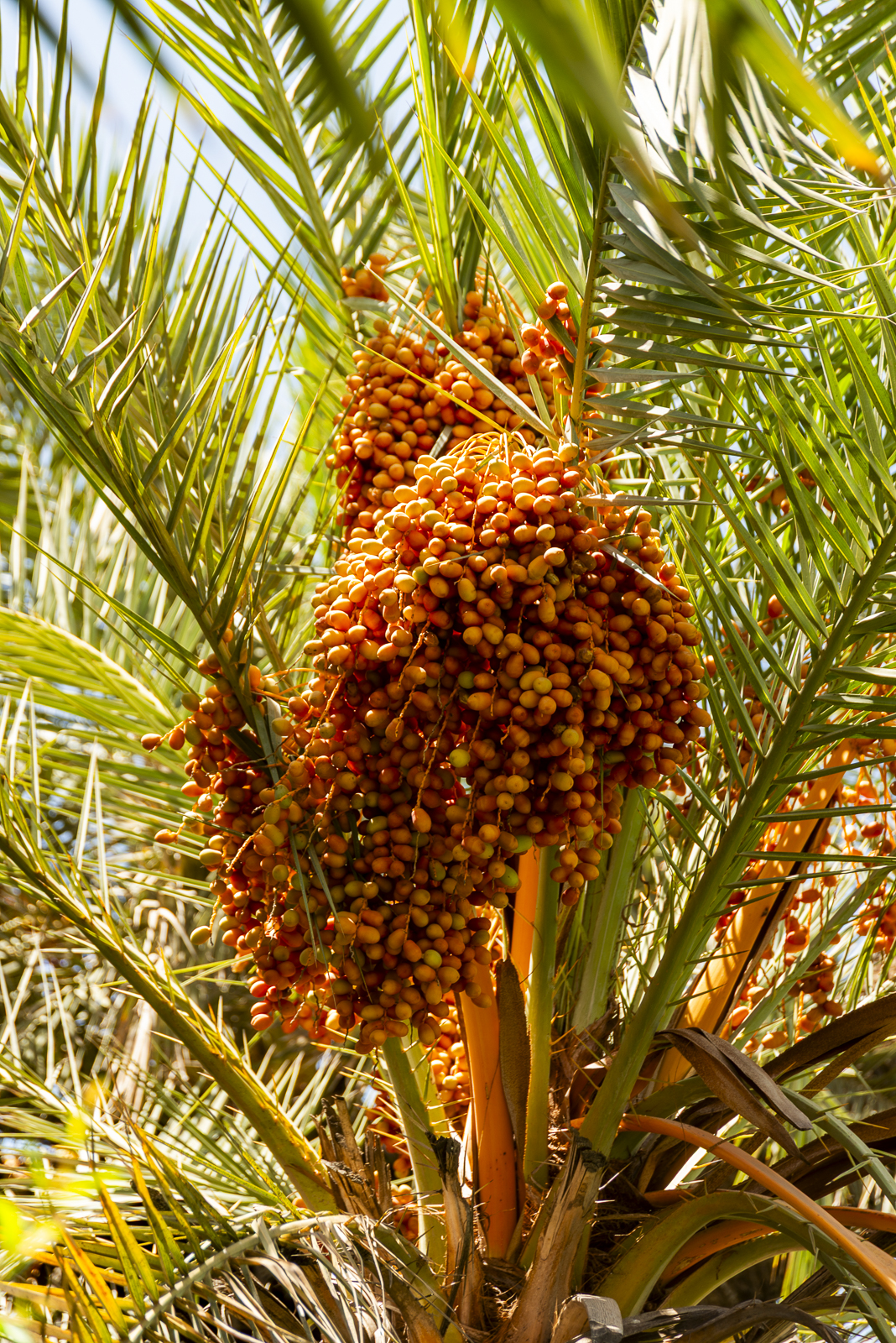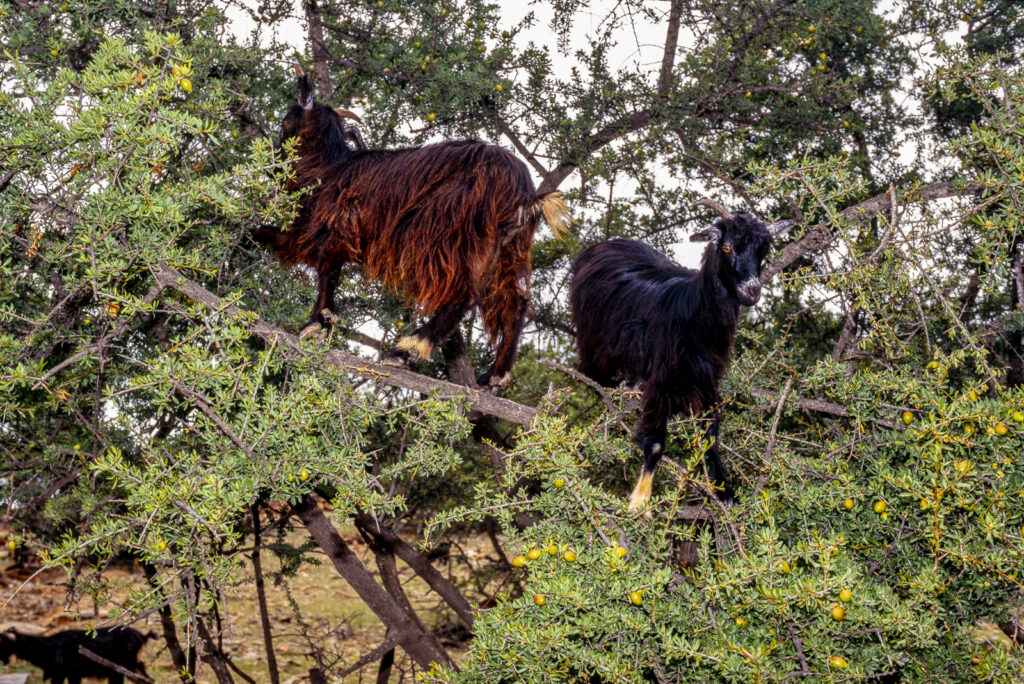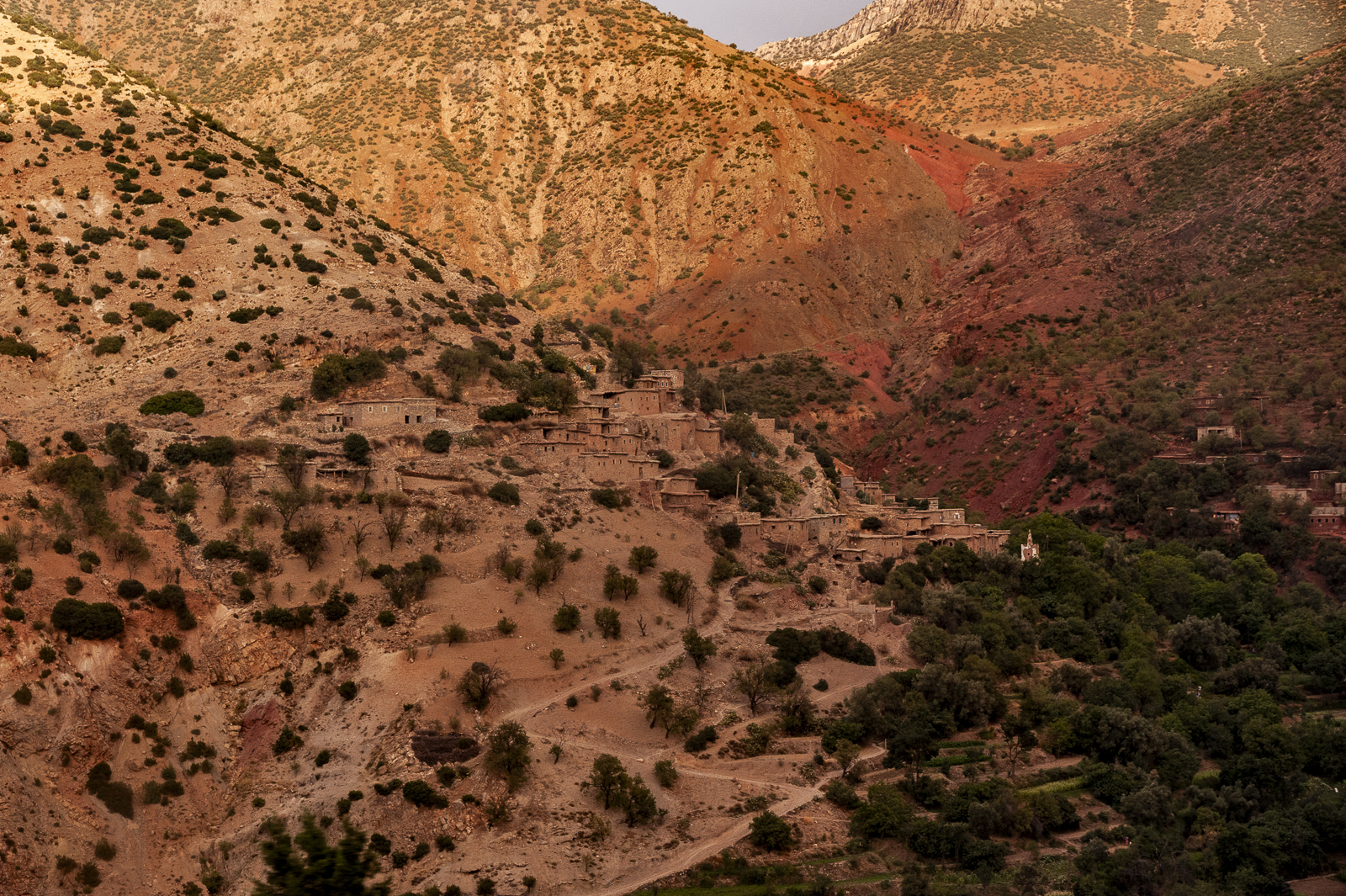

Agriculture is very diverse and closely linked to the country’s varied climate and ecosystems. Cereal production is very important, given that it is the basis of the population’s diet and is used to prepare bread and soups, including “asida“, made from barley, which together with wheat, is the most widespread foodstuff. Where rainfall is lower, making wheat and barley production more difficult because of their greater need for water, millet and proso millet are used to replace them, thanks to their lower requirements in terms of soil quality and their resistance to extreme heat, especially in the southern areas of Morocco. In addition to cereals, horticulture and arboriculture are widely developed. In the north of the country, and especially in the Rif region, the Mediterranean climate favours the predominance of olive groves and vineyards, which make up its characteristic agricultural landscapes. The Souss area in the south-west is renowned for the cultivation of the argan tree, an endemic tree that gives rise to the highly prized argan oil. It has been traditionally used in the area for centuries and has a specific value both economically and for ecosystem balance. In the pre-desert valleys and oases of the south, the hardy palms produce a wide variety of dates, which have been present throughout history and play an important role in traditional foodstuffs and the economy. They also act as a protective layer for family gardens where a wide variety of products are grown, including vegetables and fruits. Dates can be eaten fresh or dried, their quality already noted in texts from medieval times.
Claudia Patarnello
IEMYRhd — University of Salamanca
Find out more:

















